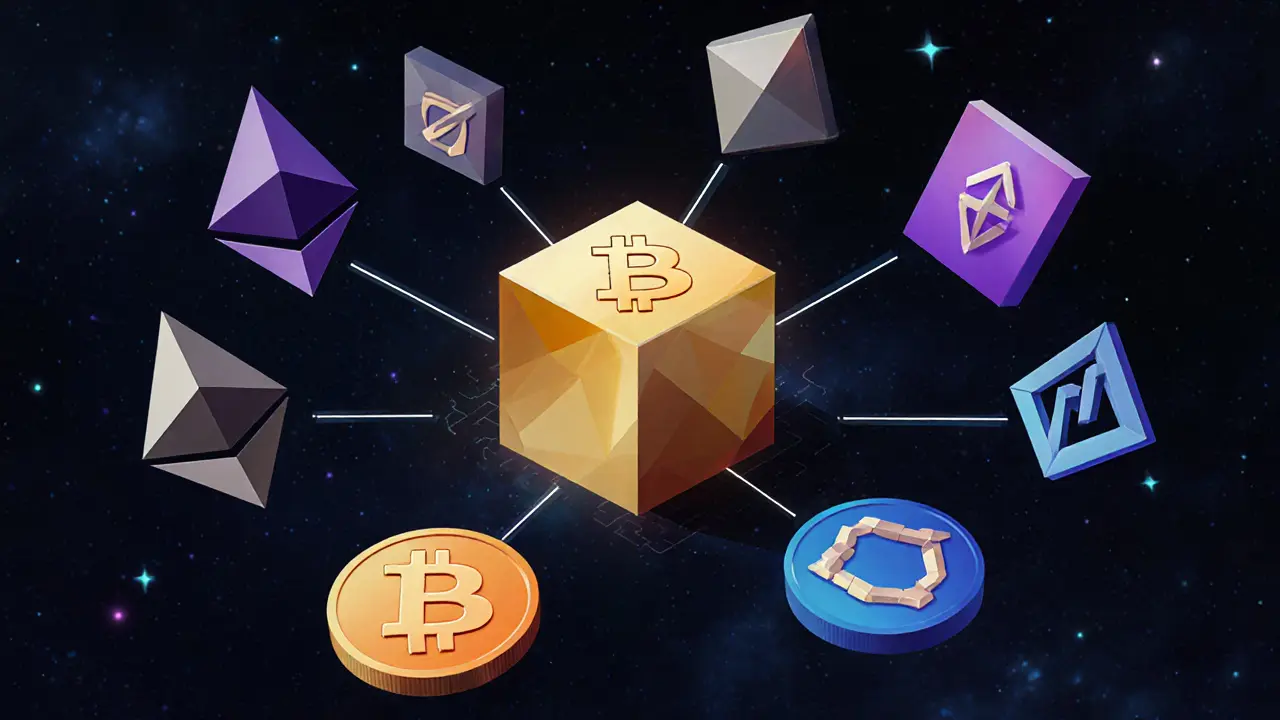Ethereum: Real‑Time Insights, Tools & Strategies
When working with Ethereum, the leading smart‑contract platform that powers millions of dApps and tokens. Also known as ETH, it serves as the backbone for DeFi, NFTs, and many blockchain services you see today.
Validator node, the server that processes transactions and secures the Ethereum proof‑of‑stake network is a key piece of the ecosystem. Running a validator requires specific hardware specs, which we’ll break down in our guides. Staking, the act of locking ETH to support network consensus and earn rewards depends directly on those validator requirements. Meanwhile, ERC‑20 token, the standard that defines how tokens behave on Ethereum fuels countless projects, from DeFi protocols to meme coins. All of these pieces are tied together by smart contracts, self‑executing code that runs on the Ethereum Virtual Machine.
Why these elements matter together
Ethereum encompasses smart contracts, which enable automated agreements without a middleman. Those contracts rely on the blockchain’s security, which in turn is provided by validator nodes. The more reliable the validator hardware, the smoother staking becomes, and the stronger the whole network stays. Staking rewards encourage more participants to run validators, creating a virtuous loop. ERC‑20 tokens sit on top of this infrastructure, giving developers a ready‑made template to launch new assets. In short, the health of validator infrastructure directly influences staking yields, which then spurs token creation and adoption.
Our collection below reflects this interconnected landscape. You’ll find a deep dive into the exact CPU, RAM, storage, and network specs you need for an Ethereum validator in 2025, practical staking calculators, and clear explanations of how ERC‑20 tokens differ from older token standards. We also cover how smart contracts power real‑world use cases like decentralized exchanges, NFT marketplaces, and on‑chain governance. Whether you’re a trader looking for actionable charts, a developer building the next DeFi protocol, or a long‑term holder wanting to earn passive income, the articles ahead give you the data‑driven context you need.
Ready to explore? Below you’ll discover step‑by‑step guides, performance breakdowns, and timely analysis that tie these core concepts together, helping you make smarter decisions in the Ethereum space.

Bitcoin and Ethereum are the two most important public blockchains. Bitcoin is digital gold for storing value. Ethereum is a global computer for apps and smart contracts. Learn how they differ, what they’re used for, and which one suits your needs.
- Read More


